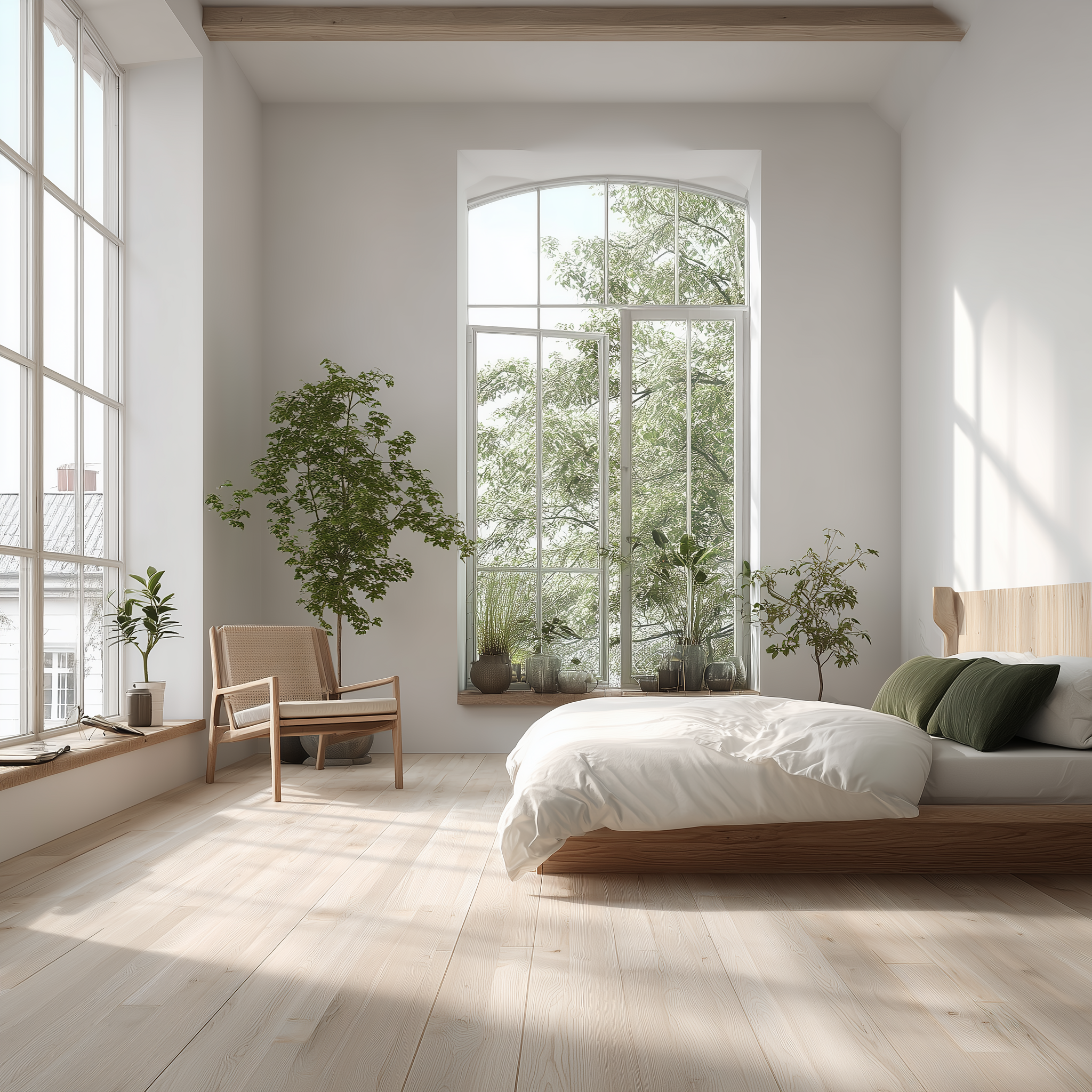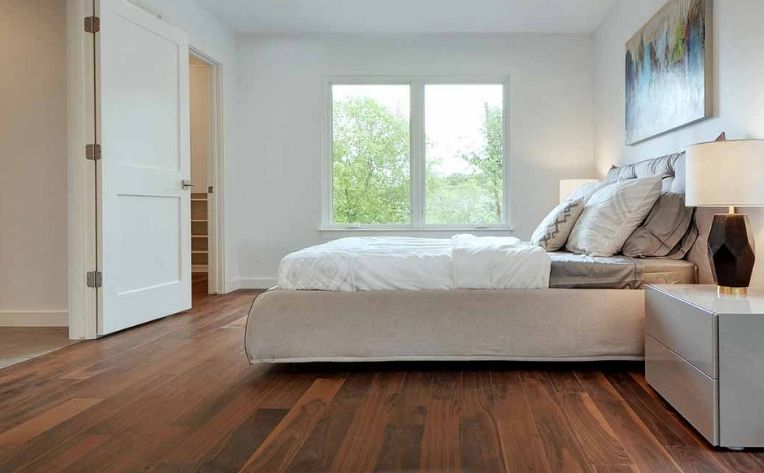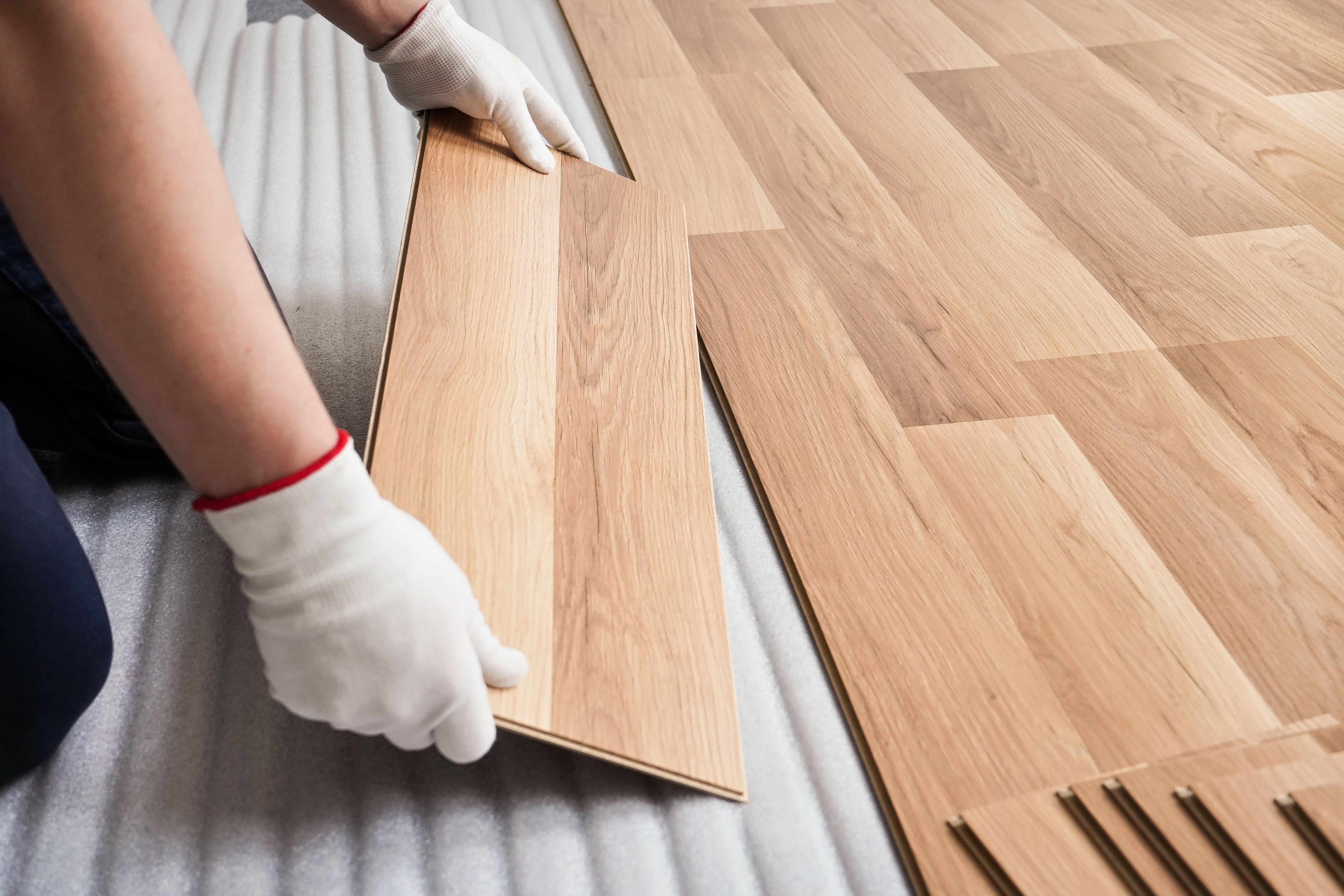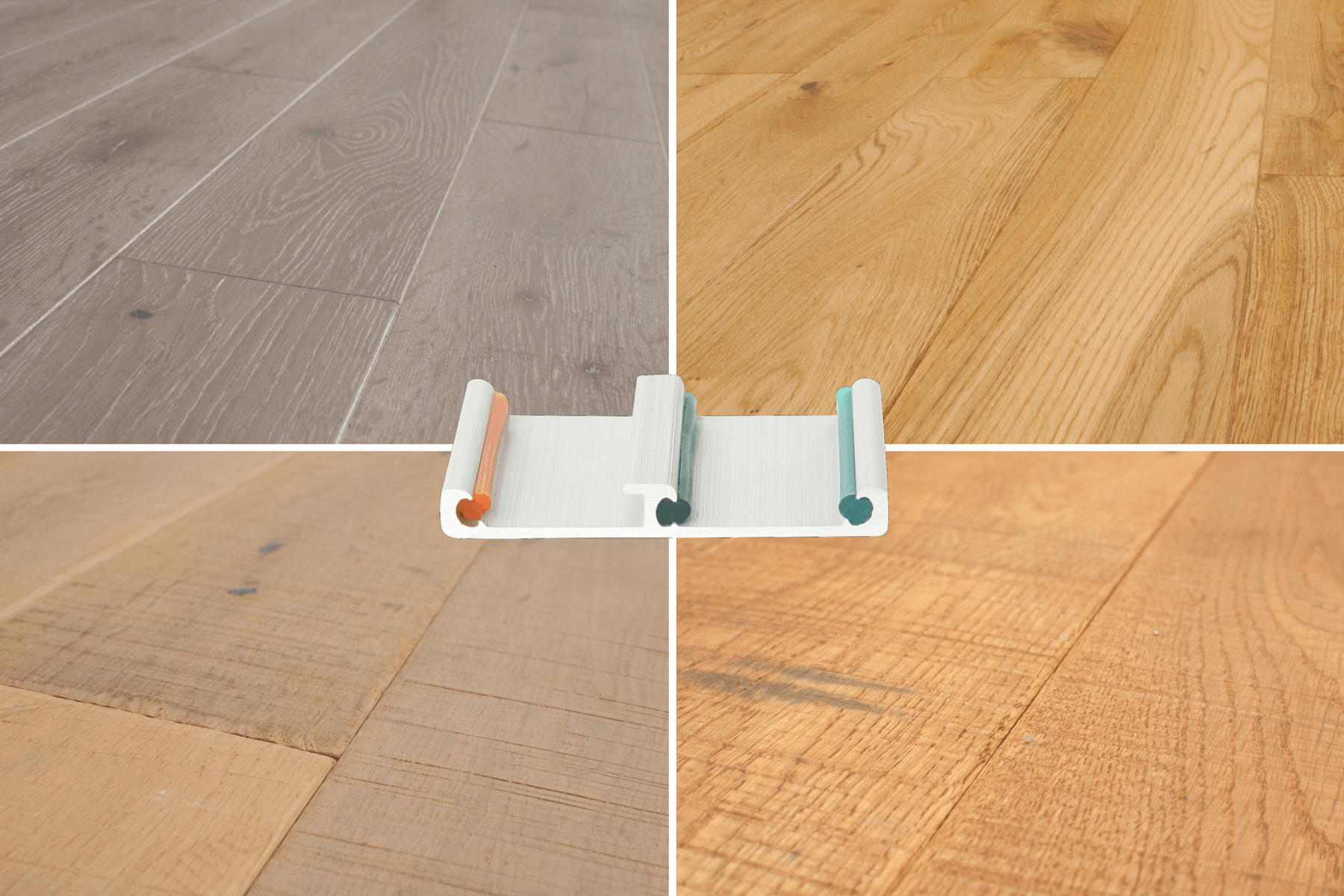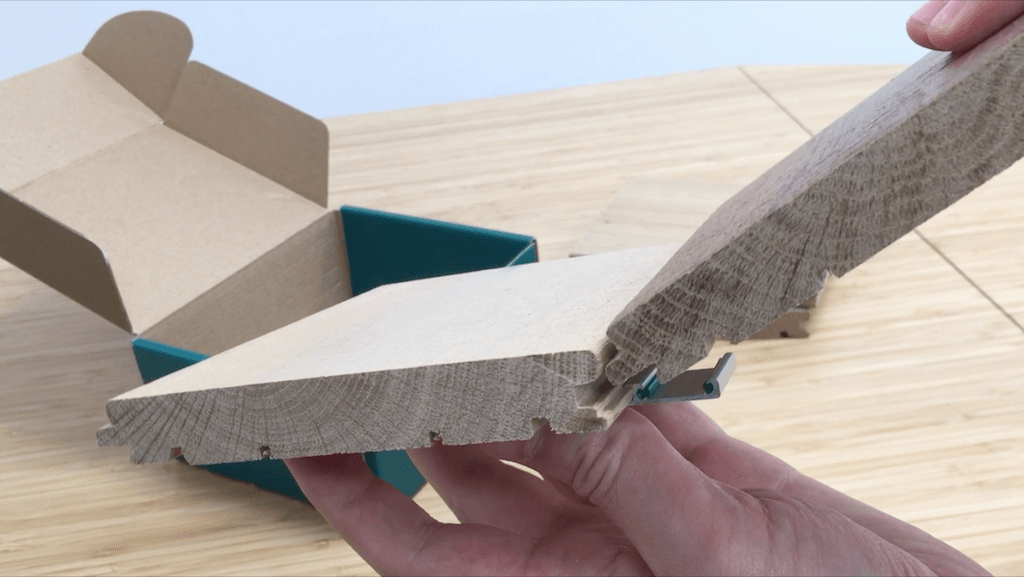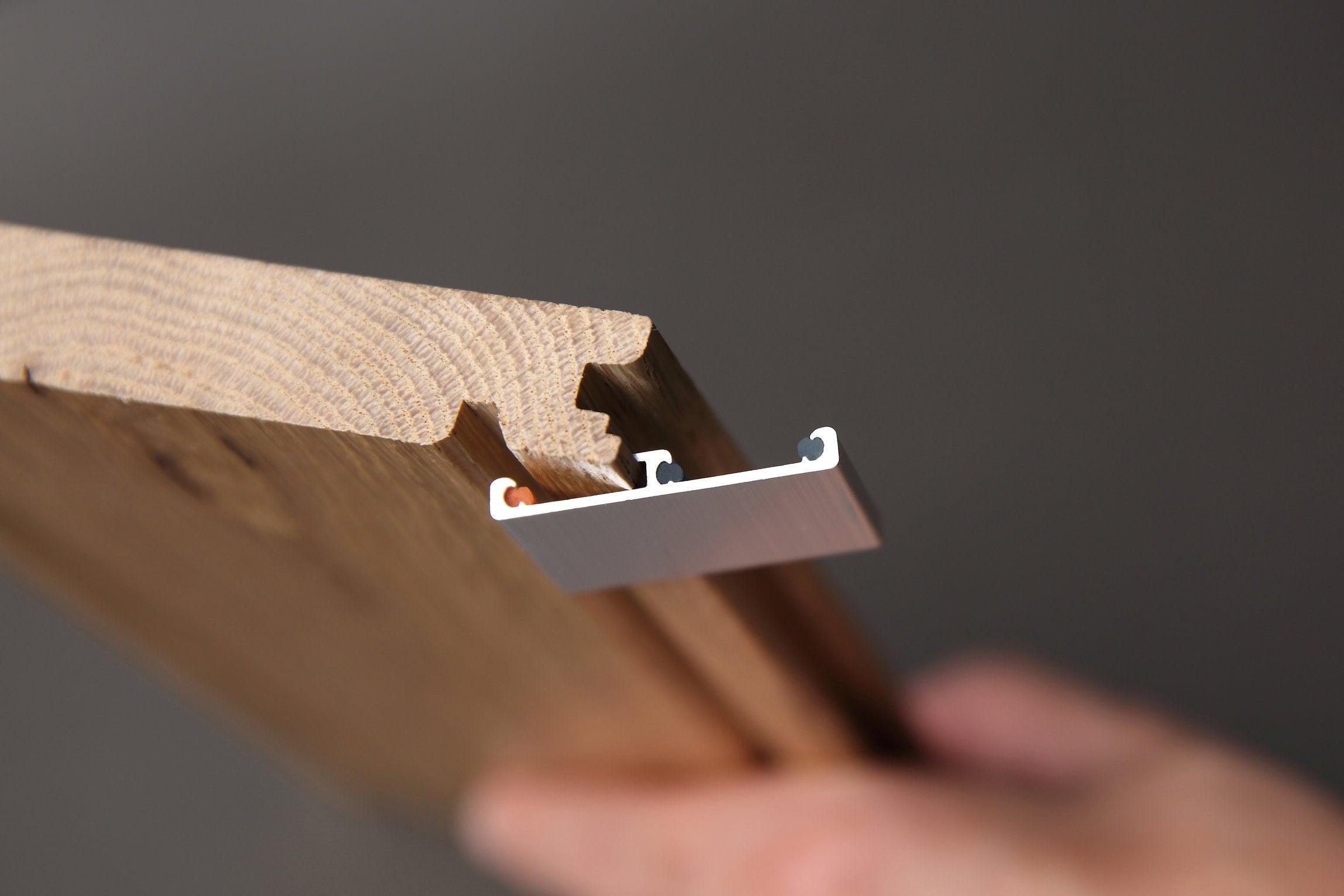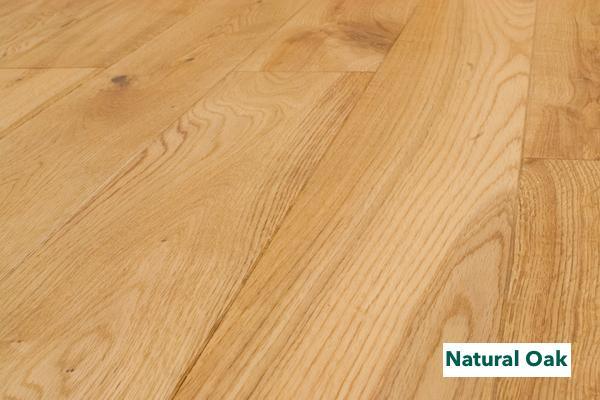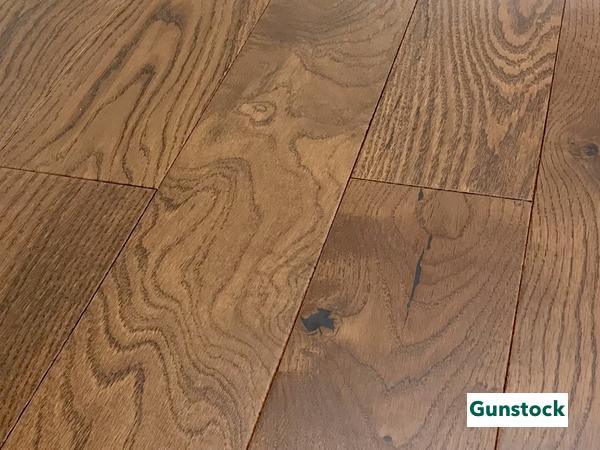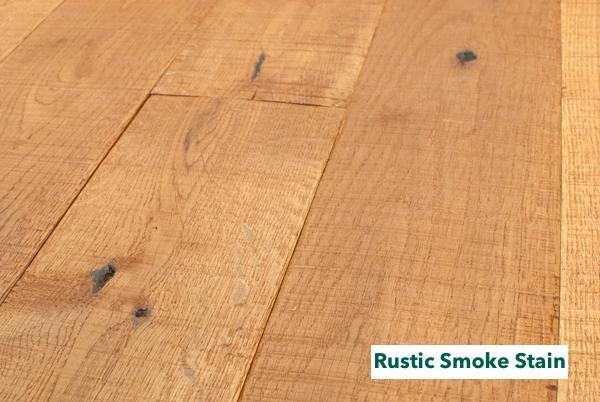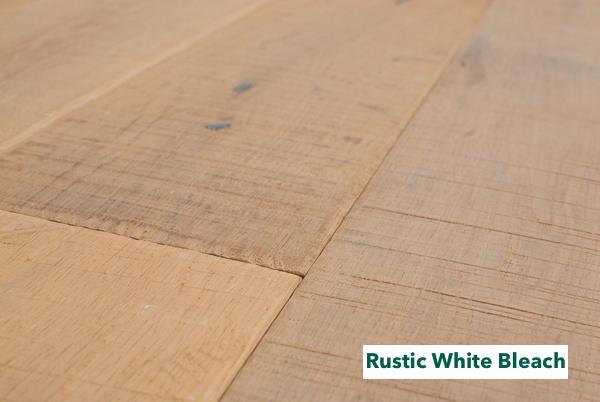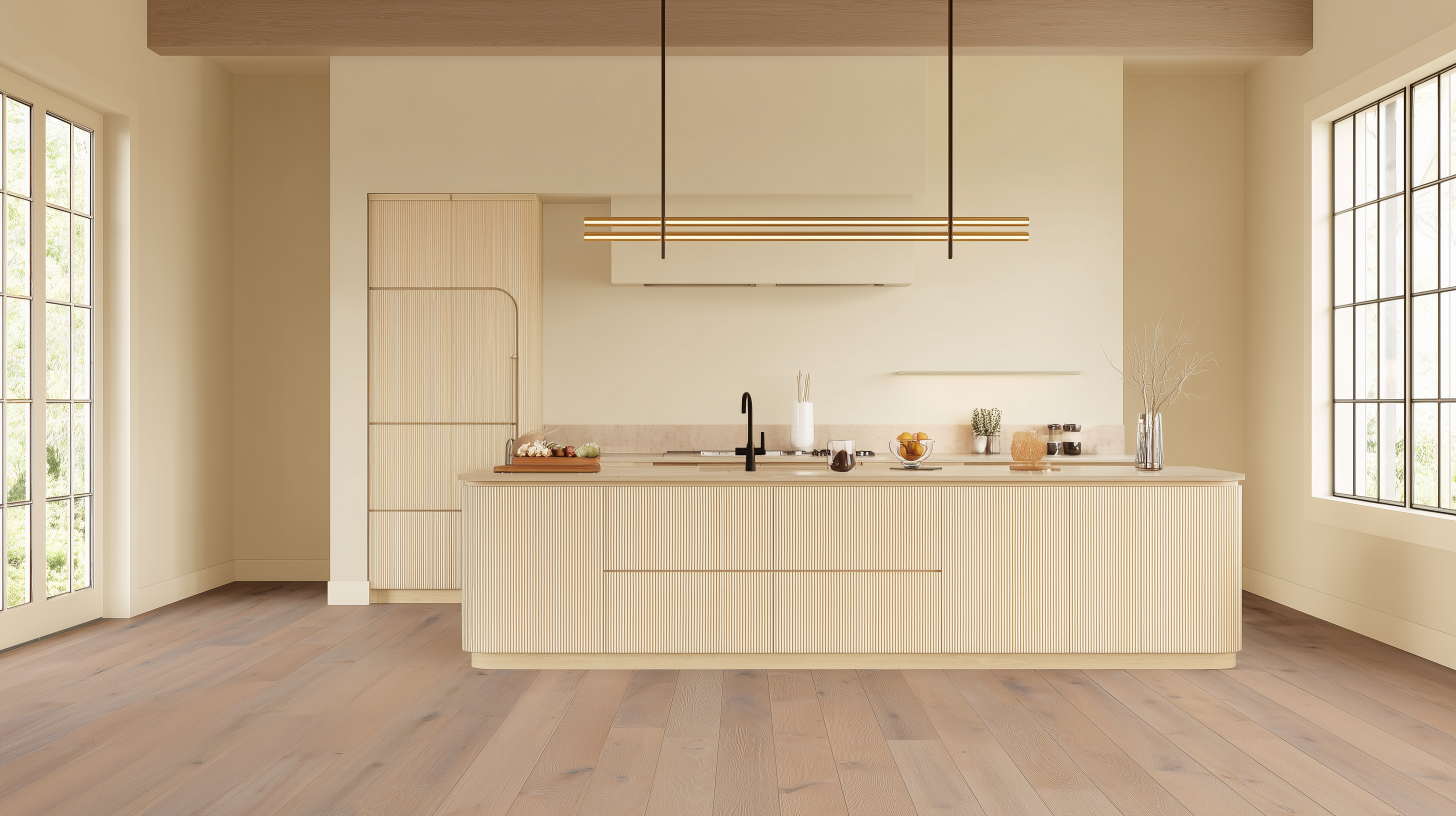When planning a basement renovation, the question of hardwood vs. laminate basement flooring often comes down to more than appearance. It’s a balance between beauty and practicality, between what looks timeless and what lasts through every damp season. Hardwood and laminate both promise durability and warmth, yet only one can truly thrive when moisture enters the mix.
Basements are different. Cooler air, concrete slabs, and invisible vapour create an environment that tests even the best materials. That makes flooring choice more than an aesthetic decision; it’s a structural one.
The question is simple: when elegance meets humidity, which material performs better below grade? Hardwood, celebrated for its authenticity, or laminate, praised for its resilience?
This guide examines both, exploring how each responds to moisture, what design trade-offs to expect, and why Easiklip’s solid oak floating system redefines what hardwood can do in a high-moisture basement.
Understanding the Moisture Challenge
How Humidity Affects Different Flooring Types
Moisture is the quiet rival of every basement floor. It seeps upward through the concrete, lingers in the air during humid months, and condenses against cool surfaces as temperatures shift. Even small fluctuations can put a beautiful floor under stress.
As Wagner Meters explains in their article Warning Signs of Floor Moisture Problems, moisture doesn’t need to be visible to cause damage. By the time you see cupping or warping, the problem has already been at work beneath the surface.
Basements, unlike main living areas, are built below the water table and surrounded by concrete that naturally draws moisture from the ground. According to Basement Systems Canada, nearly every basement will experience some degree of water intrusion over its lifetime. This creates a delicate balance for homeowners who want real wood’s beauty without the constant risk of distortion.
Why Moisture Testing Matters Before You Install
Wood is hygroscopic; it absorbs and releases moisture depending on its environment. Laminate, while more resistant thanks to its composite core, can still swell if water seeps into the seams. The solution begins before installation.
Start by testing the concrete slab for vapour emissions and plan for proper protection. Home Depot Canada’s how-to guide states that if you’re installing below grade or in a high-moisture environment, you need a vapour barrier underneath.
For humidity targets, Home Depot Canada advises maintaining relative humidity between 35% and 65% to keep wood floors stable.
In other words, knowing your basement’s moisture profile, and pairing it with the right vapour barrier and indoor RH, isn’t optional; it’s the first step in choosing a floor that will last.
Hardwood: Natural Beauty Meets High Maintenance
Solid vs. Engineered Hardwood
Hardwood floors have an appeal that transcends trends. The texture, warmth, and depth of natural wood can make even a basement feel bright and refined. But in high-moisture environments, that same organic material demands careful consideration.
Solid wood expands as it absorbs humidity and contracts as it dries. Without space to move, boards can cup or separate. Coldwell Banker’s expert guide on basement flooring notes that the fluctuating humidity below ground makes traditional hardwood a riskier choice, though engineered alternatives are more stable.
How Easiklip’s Floating System Changes the Game
Engineered hardwood uses multiple wood layers bonded in alternating directions to resist movement. It looks identical to solid planks but handles temperature and humidity changes more gracefully. Easiklip’s floating solid oak system goes even further, using precision-fit aluminium clips instead of nails or glue. This design allows each plank to expand naturally while staying securely in place, a modern approach that makes real hardwood viable in spaces once considered off-limits.
Laminate: Resilient but Imitative
Moisture Resistance and Core Construction
Laminate flooring was born out of practicality. It offers the look of wood without the vulnerabilities that come with organic material, and in basements, that advantage matters. Its high-density fibreboard (HDF) core, photographic wood image layer, and clear protective coating make it a strong contender where moisture lingers.
The “Waterproof” Laminate Myth
As The Spruce explains in their detailed comparison of laminate and hardwood flooring, laminate is more resistant to surface wear, scratches, and fading than most hardwoods. It’s also budget-friendly and easier to install, often using a floating click system that locks planks together without nails or glue.
However, laminate isn’t immune to water damage. In their article Laminate Basement Flooring: What to Know, The Spruce cautions that even minor moisture infiltration through seams can cause swelling or delamination of the HDF core. Once damaged, planks can’t be sanded or refinished; they must be replaced.
New “waterproof” laminates claim improved resistance, yet as Floordi.ca points out, these coatings often protect only the top surface. Moisture that penetrates from underneath or through edges can still cause failure.
Head to Head: Hardwood vs Laminate in High Moisture Basements
When it comes to basement flooring, the debate between hardwood and laminate isn’t just about preference; it’s about performance under pressure. Below ground, humidity, temperature fluctuations, and unseen vapour demand materials that can adapt without losing integrity.
Here’s how the two compare in the environment that challenges them most:
|
Feature |
Hardwood (Solid / Engineered) |
Laminate Flooring |
|
Moisture Resistance |
Moderate (engineered versions perform better) |
Moderate to good; high-end laminates resist surface moisture but not standing water |
|
Durability |
Can last 50+ years with care |
Typically 10–25 years; cannot be refinished |
|
Installation |
Requires vapour barrier and acclimation |
Quick click-lock floating install; less prep time |
|
Repairability |
Refinishable (if veneer thick enough) |
Must replace damaged planks |
|
Cost Range (per sq. ft.) |
$4–$16 installed, depending on wood species (NerdWallet Canada) |
$1.50–$5 installed, depending on quality (The Spruce) |
|
Aesthetic Value |
High – real grain, warmth, and resale appeal |
Moderate – realistic visuals, but synthetic texture |
|
Sound and Feel |
Softer, more natural underfoot |
Hollow or higher-pitched sound if installed without proper underlay |
(Sources: NerdWallet Canada, The Spruce, Floordi.ca)
For homeowners seeking peace of mind in moisture-prone areas, laminate offers predictability and protection. But for those who value authenticity, engineered or floating hardwood provides a balance between natural beauty and modern performance.
Verdict: Which Flooring Wins Below Grade?
When Laminate Makes Sense
For homeowners seeking peace of mind in moisture-prone areas, laminate offers predictability and protection.
When Hardwood Is Worth the Investment
But for those who value authenticity, engineered or floating hardwood provides a balance between natural beauty and modern performance.
How Easiklip Balances Both Worlds
Still, when managed correctly with moisture control, vapour barriers, and a stable environment, real hardwood remains unmatched in warmth and longevity, especially systems designed to float freely, like Easiklip’s solid oak flooring.
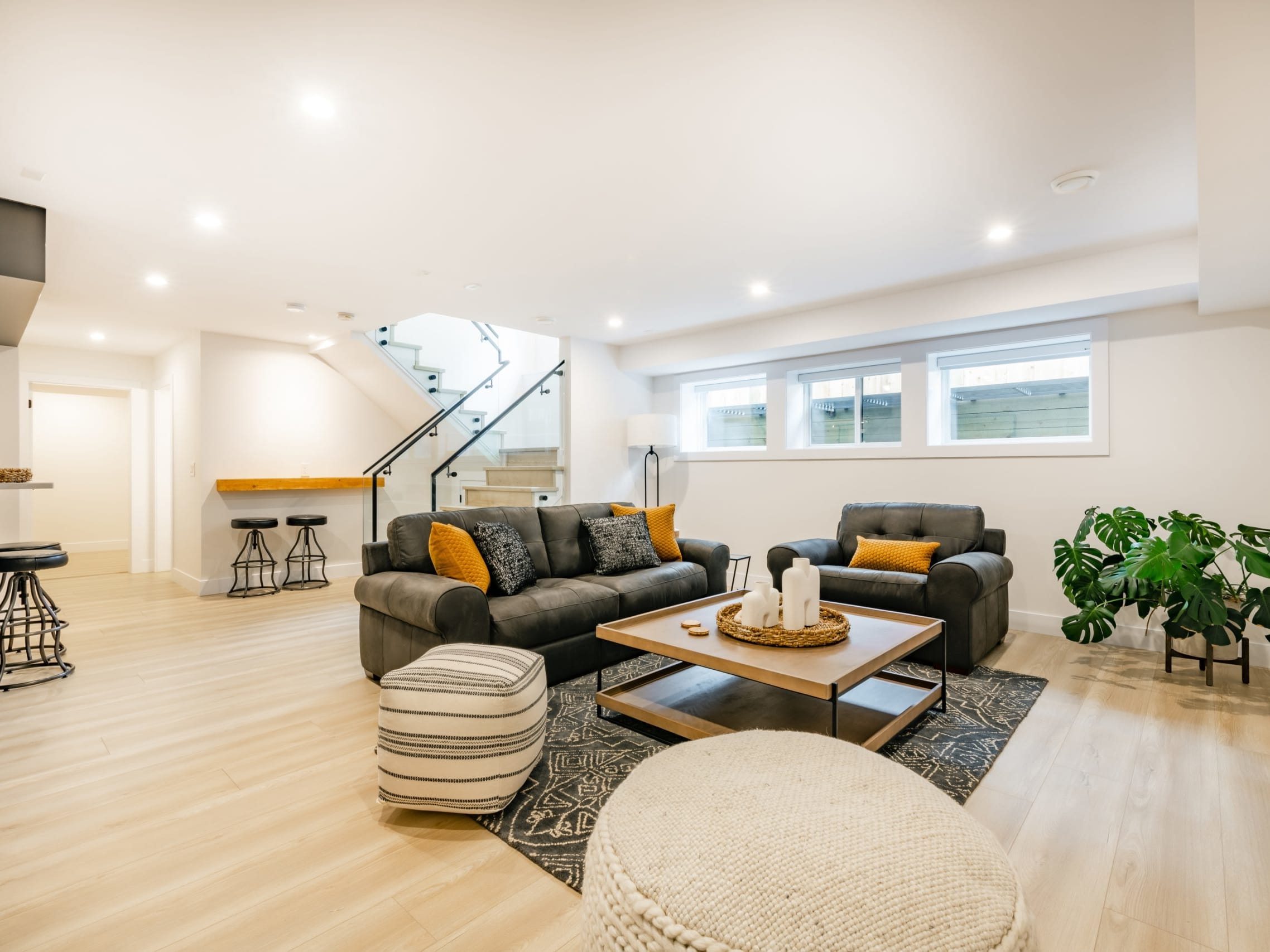
Making Hardwood Work in a Basement (If You Dare)
Moisture Testing and Acclimation
Installing hardwood below grade isn’t for the faint of heart, but with the right approach, it’s entirely possible. Success depends on preparation, control, and understanding how wood behaves in a basement environment.
The National Wood Flooring Association (NWFA) emphasizes that moisture testing is non-negotiable before installation. Their technical guide outlines that both the concrete slab and the wood itself should be measured for relative humidity and moisture content before laying a single plank. A proper test prevents the heartbreak of cupping or separation later.
The Role of Vapour Barriers and Underlayments
Subfloor preparation comes next. Concrete must be clean, level, and dry. If it’s uneven, using floor shims or a self-levelling compound can help create the smooth surface hardwood needs. Easiklip’s step-by-step guide How to Use Floor Shims to Level a Wood Subfloor and Remove Squeaky Floors is a valuable resource for homeowners tackling this stage.
Once the surface is ready, moisture protection becomes the foundation of the entire project. A vapour barrier or underlayment prevents moisture from migrating upward and reaching the wood. Homeowners can find more insight on proper underlayment selection in Easiklip’s article, which also explains how floating systems allow expansion and contraction without buckling.
Maintaining Humidity Year-Round
Maintaining consistent indoor humidity year-round, ideally between 35% and 55%, will keep floors stable. Portable dehumidifiers or HVAC systems can help regulate this balance, especially through wet Canadian winters and humid summers.
Finally, consider the installation method. Easiklip’s floating solid oak system uses precision aluminium clips that eliminate the need for glue or nails, creating a breathable layer between the floor and the slab. This design not only simplifies installation but also reduces the risk of trapped moisture, making it one of the few hardwood systems suitable for basements.
When these steps are followed, hardwood isn’t just possible, it’s beautiful, durable, and long-lasting. It demands respect for the environment it’s in, but the results are worth the effort.
The Easiklip Advantage
Floating Clip Design Explained
Where traditional hardwood fails, Easiklip finds balance. Its floating solid oak system combines the authenticity of real wood with modern engineering designed for changing conditions, especially in basements.
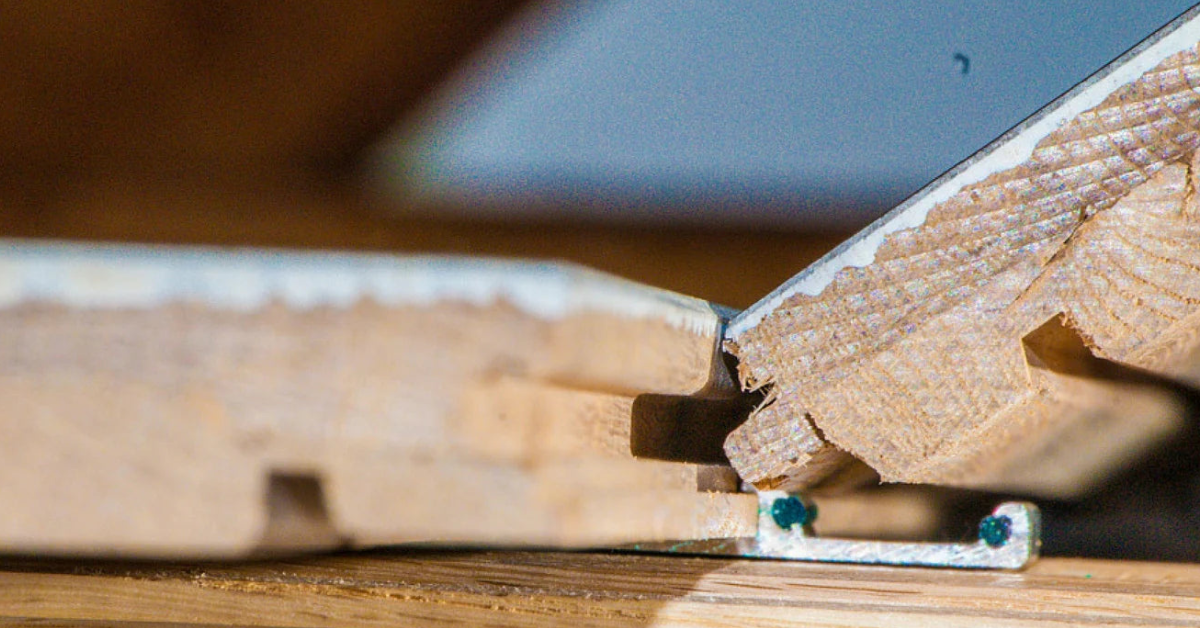
Unlike conventional nail-down or glue-down floors, Easiklip uses a patented aluminium clip system that locks planks together while allowing them to “float” freely. This flexibility accommodates natural wood movement as humidity rises or falls. The clips also maintain consistent spacing between boards, ensuring expansion gaps stay uniform and controlled.
Sustainable, Real Oak: Made for Modern Spaces
The result is a stable, breathable floor that resists cupping, cracking, and the trapped moisture that can compromise traditional systems. Combined with a proper vapour barrier, Easiklip floors perform exceptionally well in spaces where solid wood was once considered impractical.

Each board is made of genuine European oak, sustainably sourced and precision-milled for a refined, consistent look. The absence of adhesives means zero VOC emissions, making it an eco-conscious choice that aligns with modern interior wellness standards.
Easiklip proves that real hardwood can exist gracefully in a basement. It offers the warmth and texture designers love, paired with the practicality homeowners need. For those who want the natural beauty of wood without compromise, it’s the clear choice.
Bring Warmth and Authenticity to Your Basement
Your basement deserves more than compromise. With Easiklip’s floating solid oak system, you can enjoy the timeless warmth of real hardwood, even below grade.
Explore our collection or order samples today at https://www.easiklip.com .
For installation details, visit our full guide: https://www.easiklip.com/pages/how-to-install-an-easiklip-floating-hardwood-floor .
Build your basement on a foundation that lasts, natural, durable, and is designed for modern living.
